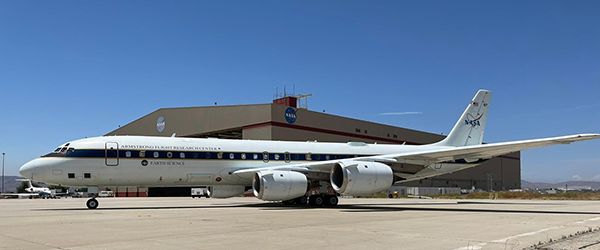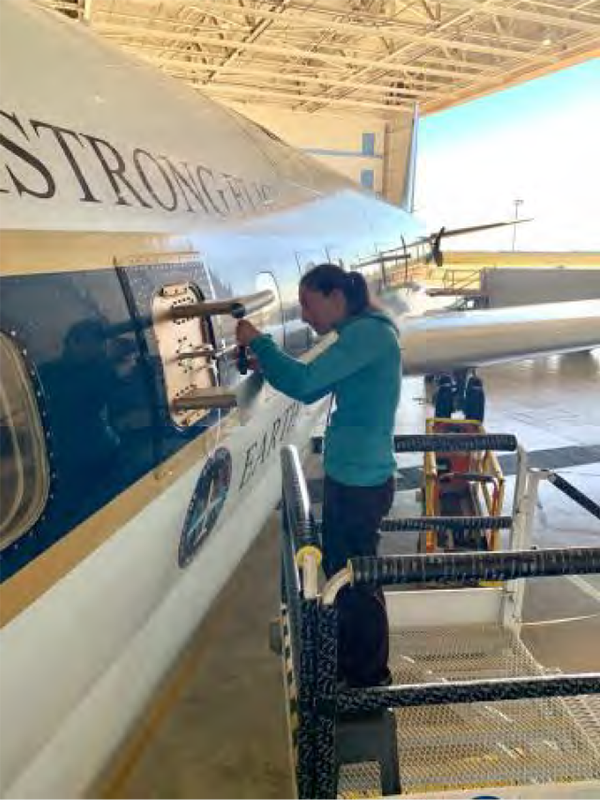A .gov website belongs to an official government organization in the United States.
A lock () or https:// means you've safely connected to the .gov website. Share sensitive information only on official, secure websites.
21 June 2023

Researchers from NOAA CSL and CIRES, along with numerous federal and academic partners, have begun a coordinated set of nationwide, atmospheric field campaigns that will span the summer of 2023. The field campaigns, collectively known as AGES+, bring together a series of individual airborne and ground-based projects led by NOAA, NASA, NCAR, DoE, and several universities with the joint goal of applying next-generation measurement capabilities to investigating our modern-day mix of urban air pollution.
The NOAA effort is headlined by CSL's Atmospheric Emissions and Reactions Observed from Megacities to Marine Areas (AEROMMA) and Coastal Urban Plume Dynamics Study (CUPiDS) airborne campaigns, alongside coordinated NOAA CPO AC4-funded NYC Metro ground sites, deploying state-of-the-art instruments and models to investigate how the mix of air pollution sources in urban environments have shifted over recent decades and have affected near-surface ozone production and particulate matter formation.

The AEROMMA campaign was the first to launch, with research flights beginning in late June off the coast of California. The project is using NASA's DC-8 research aircraft, loaded with instruments specially designed to measure an array of important trace gases, including ozone, volatile organic compounds, and sulfur compounds, as well as aerosol properties, such as size distribution, chemical composition, and reflectivity. The first week of flights are targeting marine emissions of sulfur compounds that react in the air to produce sulfate aerosols. Sulfate aerosols can scatter or reflect sunlight and can also lead to formation of marine clouds – properties that make them an important factor for climate.
After the marine flights, the NASA DC-8 and AEROMMA scientists will shift their focus to East Coast urban air quality research, where it will join CUPiDS and the other AGES+ campaigns to investigate the causes of persistent air quality problems over New York City, Chicago, and Toronto. The airborne measurements are also of vital importance for validating the recently-launched TEMPO geostationary atmospheric composition satellite instrument, which is serving as a proving ground for NOAA's next-generation GeoXO mission.